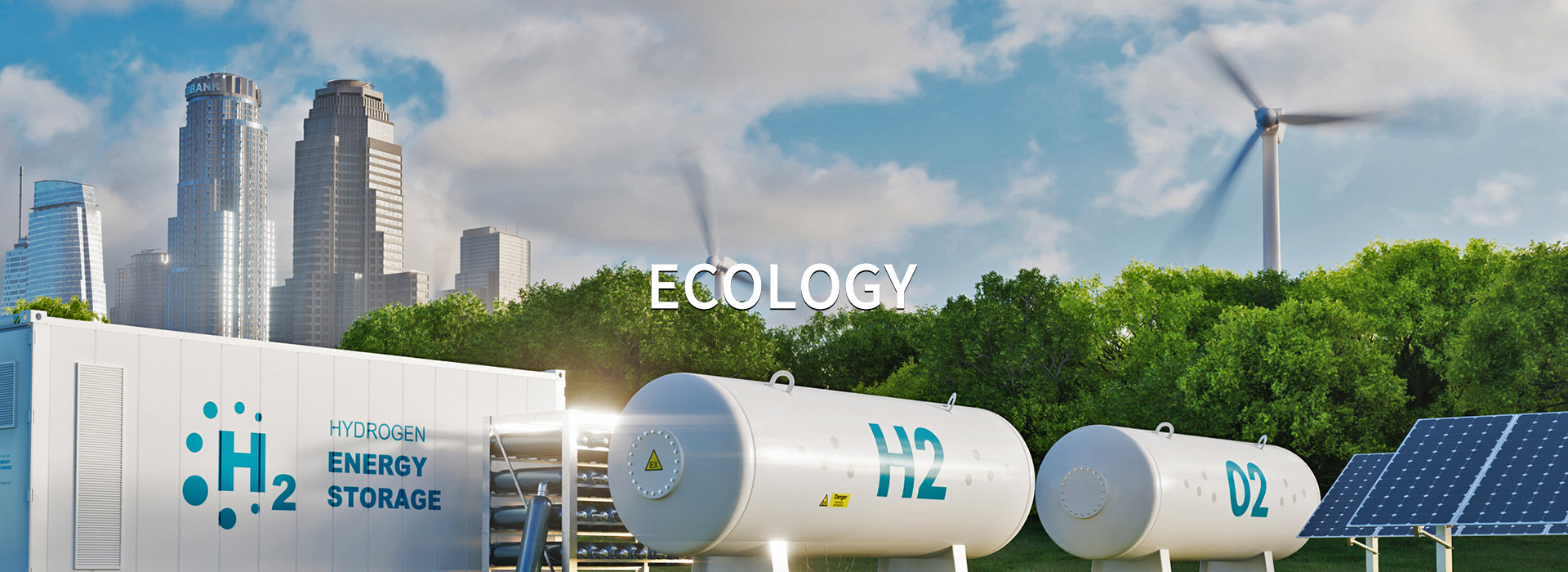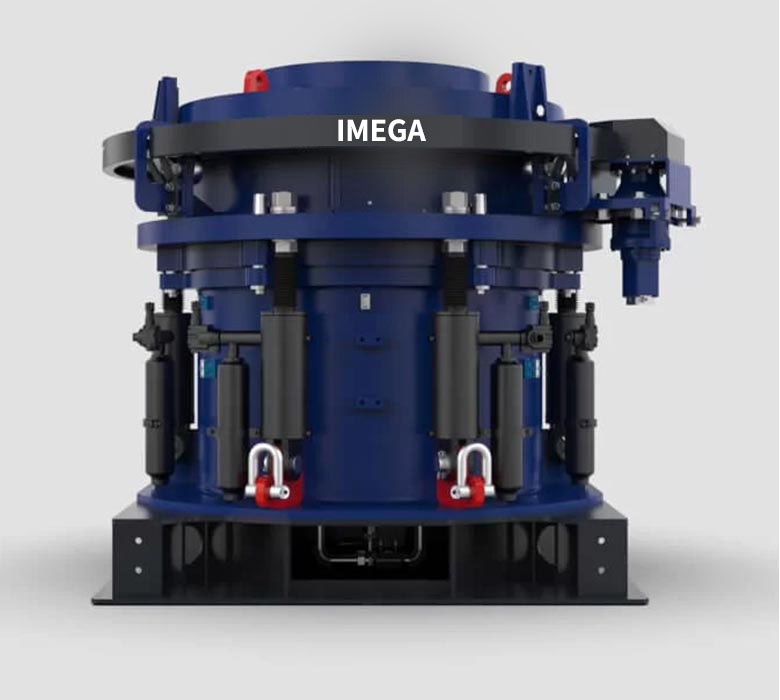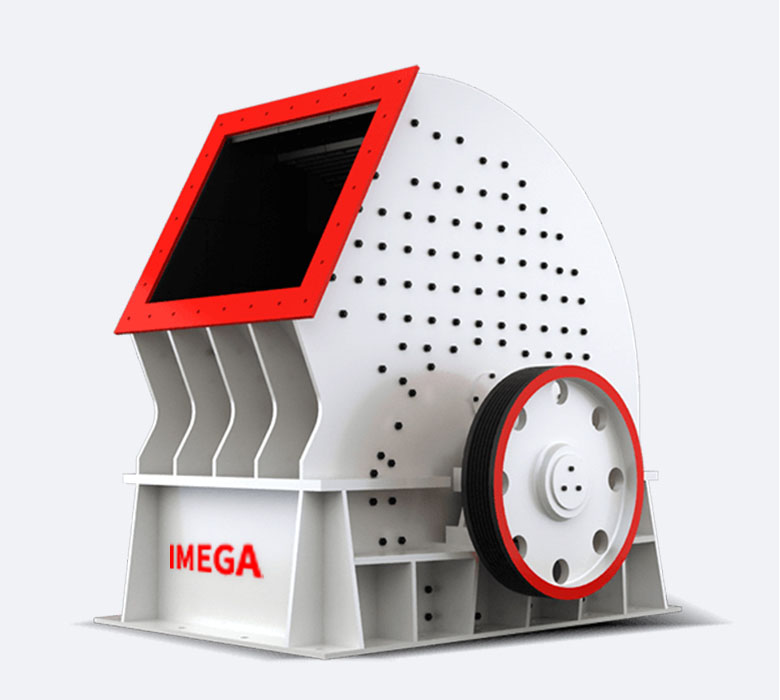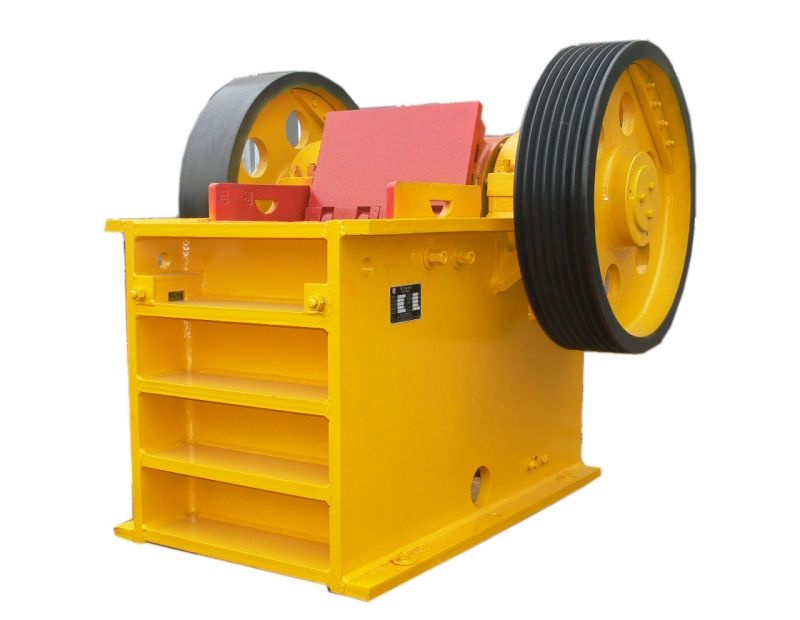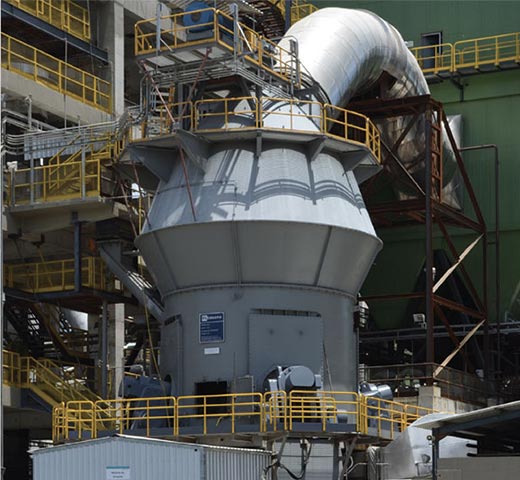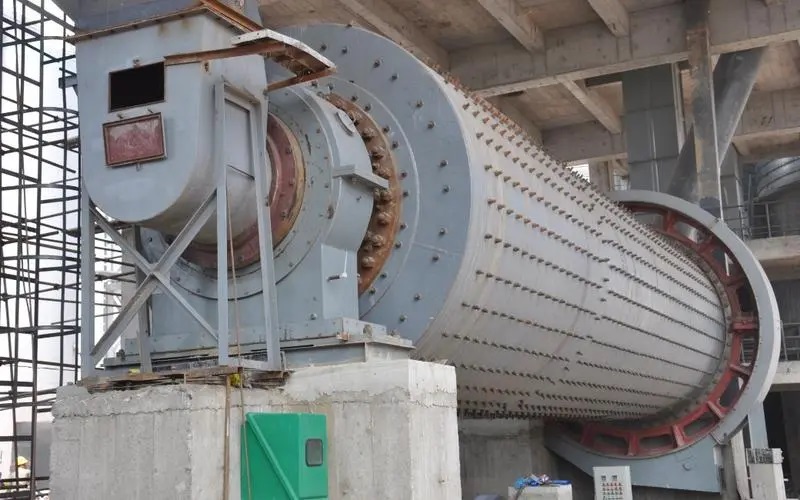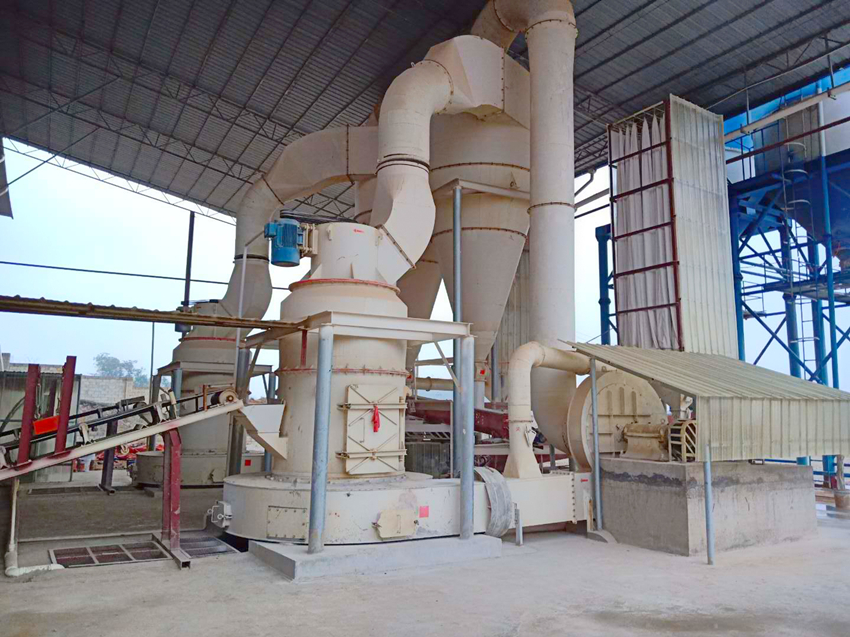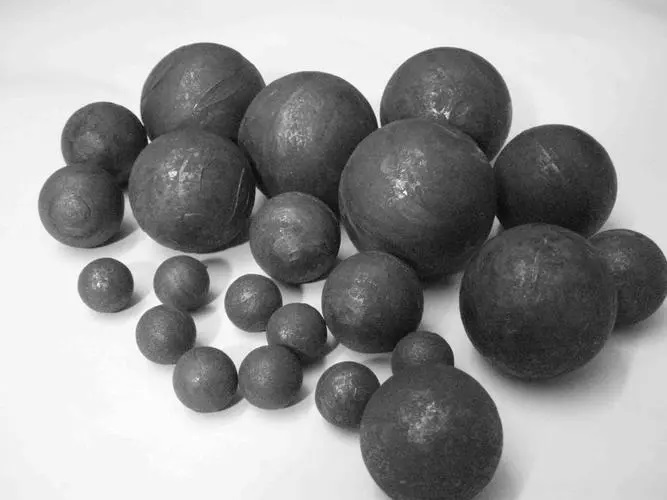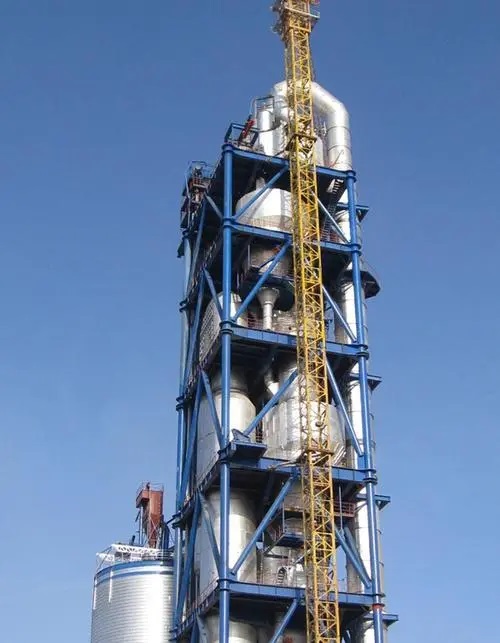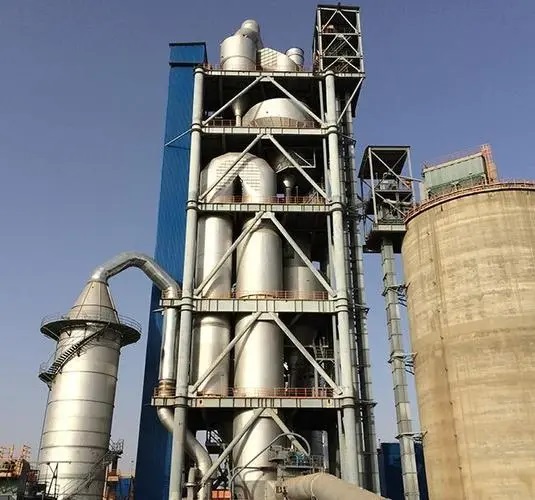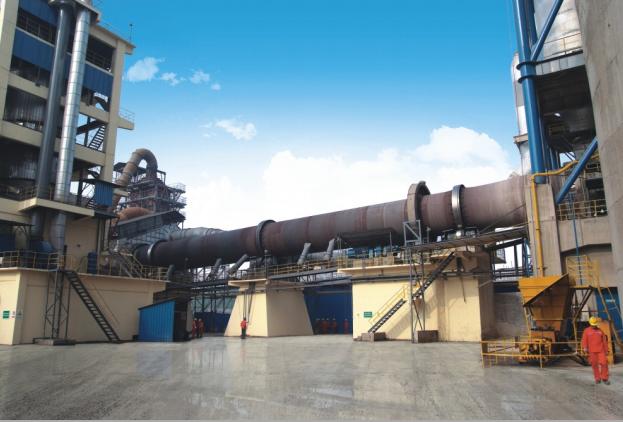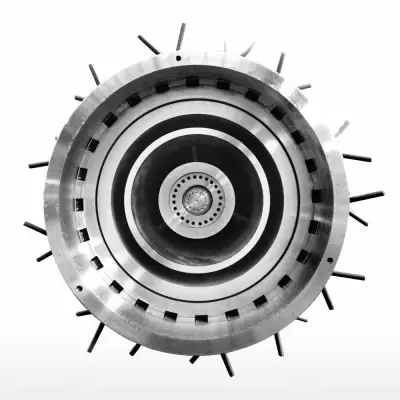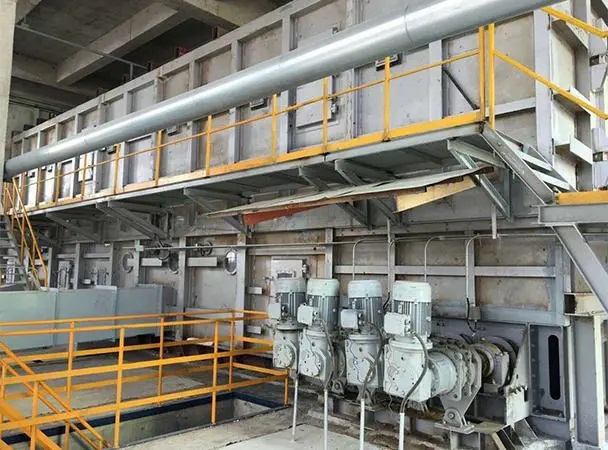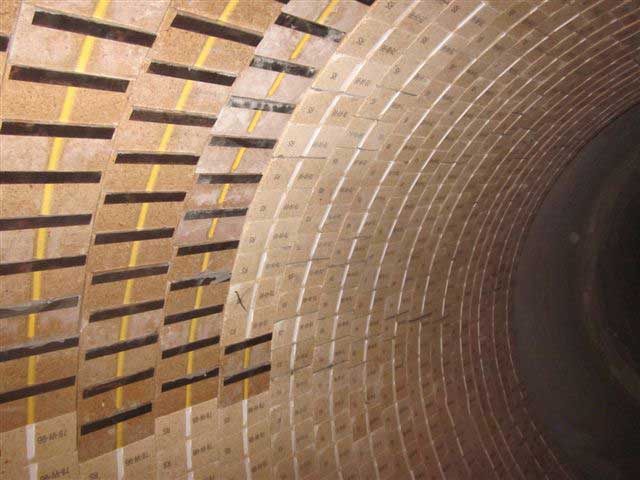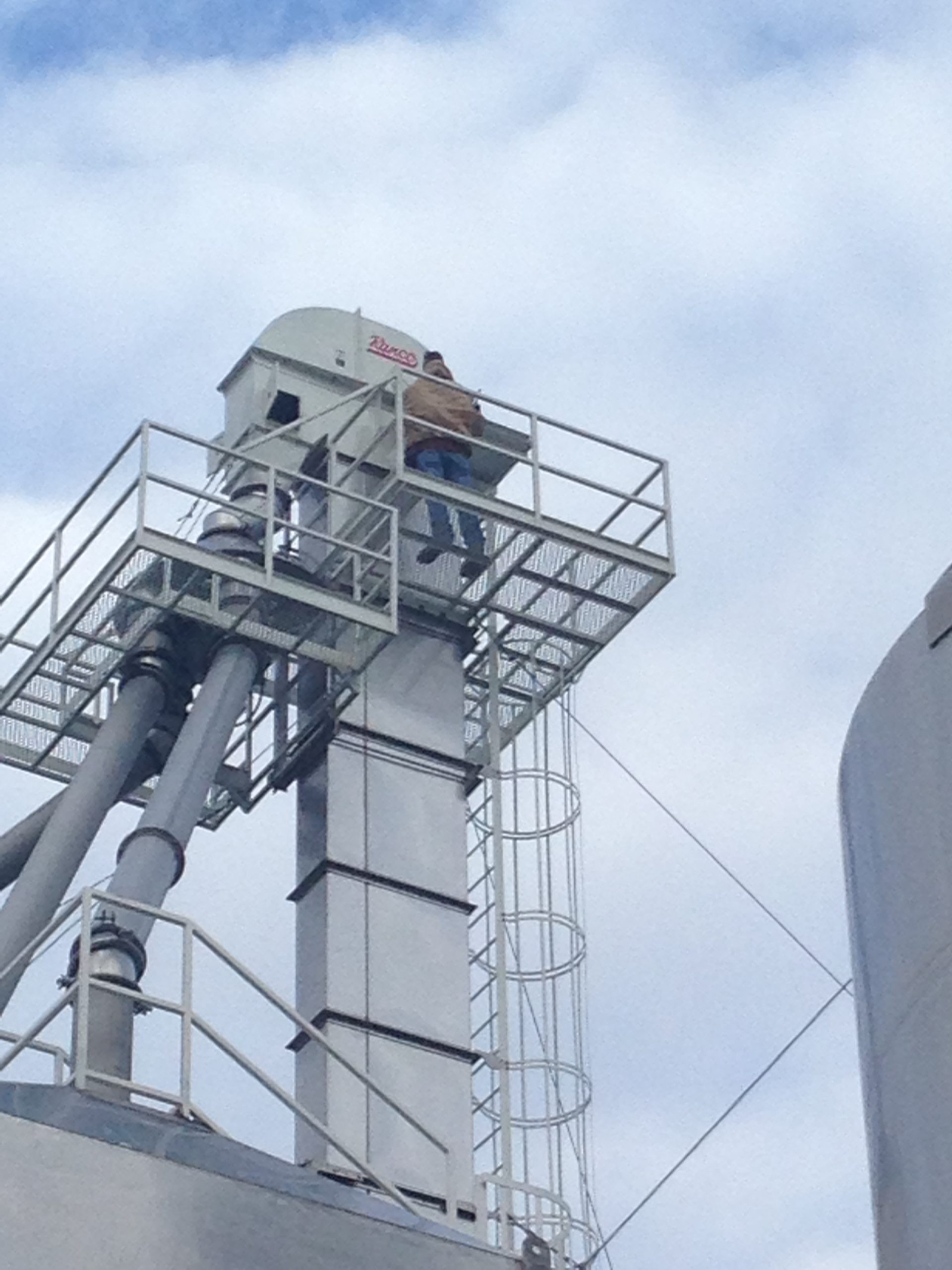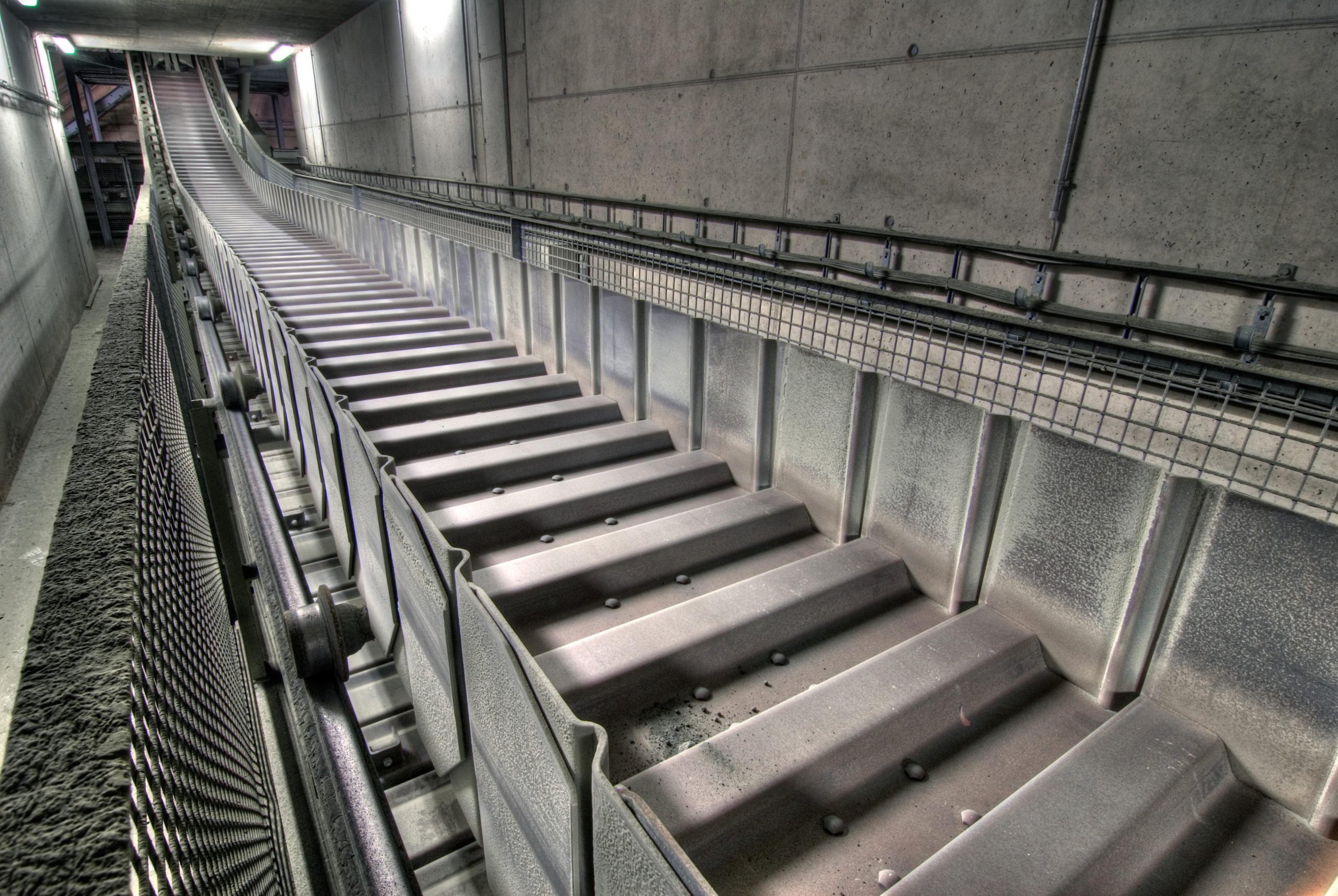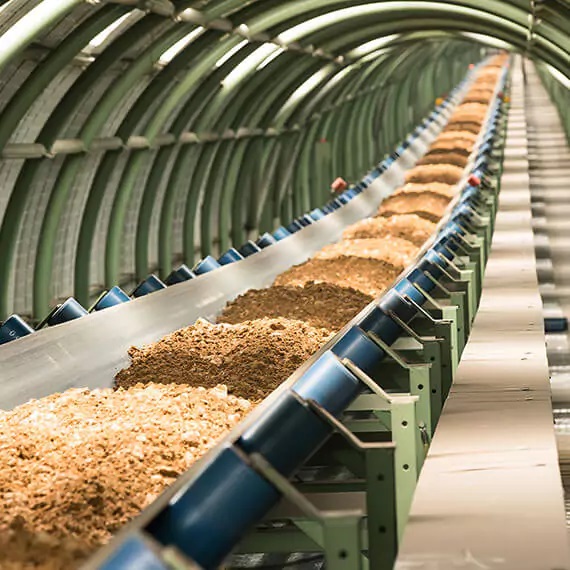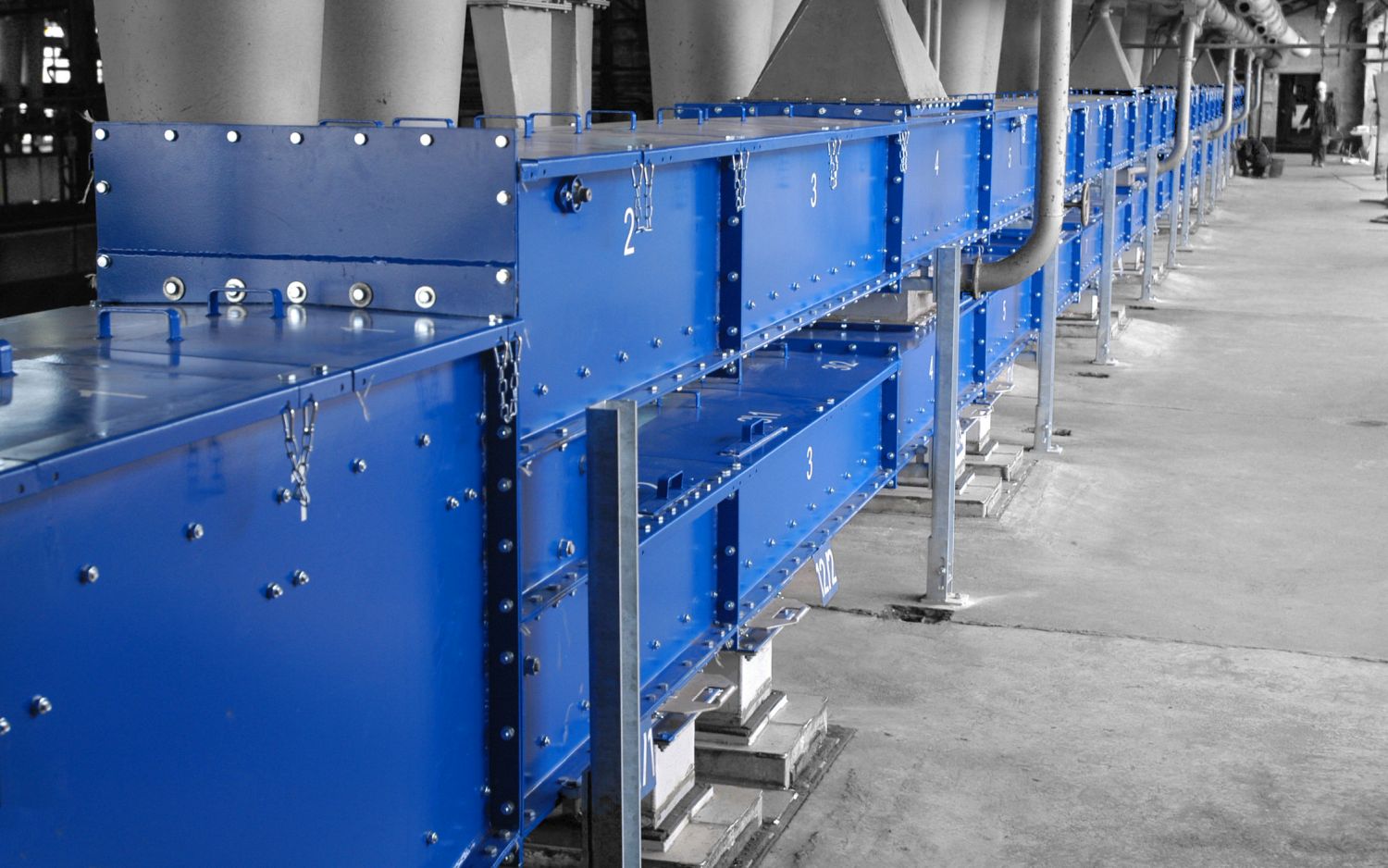- CRUSHING AND SIZING
- GRINDING AND MILLING
- CALCINING AND ROASTING
- PYRO
- CONVEYOR
-

HAMMER CRUSHER
Equipment introduction:
The spring cone crusher design is able to pass uncrush able materials e.g. tramp metal, through the crushing cavity by using springs.
The first hydraulic cone crusher was developed in 1948 and this allowed for the opening of the crushing cavity hydraulically, instead of using springs (mechanical actuation).
Read More


JAW CRUSHER
Equipment introduction:
The spring cone crusher design is able to pass uncrush able materials e.g. tramp metal, through the crushing cavity by using springs.
The first hydraulic cone crusher was developed in 1948 and this allowed for the opening of the crushing cavity hydraulically, instead of using springs (mechanical actuation).
Read More


CONCENTRATING
Equipment introduction:
The spring cone crusher design is able to pass uncrush able materials e.g. tramp metal, through the crushing cavity by using springs.
The first hydraulic cone crusher was developed in 1948 and this allowed for the opening of the crushing cavity hydraulically, instead of using springs (mechanical actuation).
Read More

-

VERTICAL ROLLER MILL
Equipment introduction:
The spring cone crusher design is able to pass uncrush able materials e.g. tramp metal, through the crushing cavity by using springs.
The first hydraulic cone crusher was developed in 1948 and this allowed for the opening of the crushing cavity hydraulically, instead of using springs (mechanical actuation).
Read More


BALL MILL
Equipment introduction:
The spring cone crusher design is able to pass uncrush able materials e.g. tramp metal, through the crushing cavity by using springs.
The first hydraulic cone crusher was developed in 1948 and this allowed for the opening of the crushing cavity hydraulically, instead of using springs (mechanical actuation).
Read More


RAYMOND MILL
Equipment introduction:
The spring cone crusher design is able to pass uncrush able materials e.g. tramp metal, through the crushing cavity by using springs.
The first hydraulic cone crusher was developed in 1948 and this allowed for the opening of the crushing cavity hydraulically, instead of using springs (mechanical actuation).
Read More


GRINDING MEDIA BALL
Equipment introduction:
The spring cone crusher design is able to pass uncrush able materials e.g. tramp metal, through the crushing cavity by using springs.
The first hydraulic cone crusher was developed in 1948 and this allowed for the opening of the crushing cavity hydraulically, instead of using springs (mechanical actuation).
Read More

-

PREHEATER
Equipment introduction:
The spring cone crusher design is able to pass uncrush able materials e.g. tramp metal, through the crushing cavity by using springs.
The first hydraulic cone crusher was developed in 1948 and this allowed for the opening of the crushing cavity hydraulically, instead of using springs (mechanical actuation).
Read More


CALCINER
Equipment introduction:
The spring cone crusher design is able to pass uncrush able materials e.g. tramp metal, through the crushing cavity by using springs.
The first hydraulic cone crusher was developed in 1948 and this allowed for the opening of the crushing cavity hydraulically, instead of using springs (mechanical actuation).
Read More

-

BURNER
Equipment introduction:
The spring cone crusher design is able to pass uncrush able materials e.g. tramp metal, through the crushing cavity by using springs.
The first hydraulic cone crusher was developed in 1948 and this allowed for the opening of the crushing cavity hydraulically, instead of using springs (mechanical actuation).
Read More


GREAT COOLER
Equipment introduction:
The spring cone crusher design is able to pass uncrush able materials e.g. tramp metal, through the crushing cavity by using springs.
The first hydraulic cone crusher was developed in 1948 and this allowed for the opening of the crushing cavity hydraulically, instead of using springs (mechanical actuation).
Read More


REFRACTORY AND CASTABLE
Equipment introduction:
The spring cone crusher design is able to pass uncrush able materials e.g. tramp metal, through the crushing cavity by using springs.
The first hydraulic cone crusher was developed in 1948 and this allowed for the opening of the crushing cavity hydraulically, instead of using springs (mechanical actuation).
Read More

-

BUCKET ELEVATOR
Equipment introduction:
The spring cone crusher design is able to pass uncrush able materials e.g. tramp metal, through the crushing cavity by using springs.
The first hydraulic cone crusher was developed in 1948 and this allowed for the opening of the crushing cavity hydraulically, instead of using springs (mechanical actuation).
Read More


PAN CONVEYOR
Equipment introduction:
The spring cone crusher design is able to pass uncrush able materials e.g. tramp metal, through the crushing cavity by using springs.
The first hydraulic cone crusher was developed in 1948 and this allowed for the opening of the crushing cavity hydraulically, instead of using springs (mechanical actuation).
Read More


BELT CONVEYOR
Equipment introduction:
The spring cone crusher design is able to pass uncrush able materials e.g. tramp metal, through the crushing cavity by using springs.
The first hydraulic cone crusher was developed in 1948 and this allowed for the opening of the crushing cavity hydraulically, instead of using springs (mechanical actuation).
Read More


CHAIN CONVEYOR
Equipment introduction:
The spring cone crusher design is able to pass uncrush able materials e.g. tramp metal, through the crushing cavity by using springs.
The first hydraulic cone crusher was developed in 1948 and this allowed for the opening of the crushing cavity hydraulically, instead of using springs (mechanical actuation).
Read More


